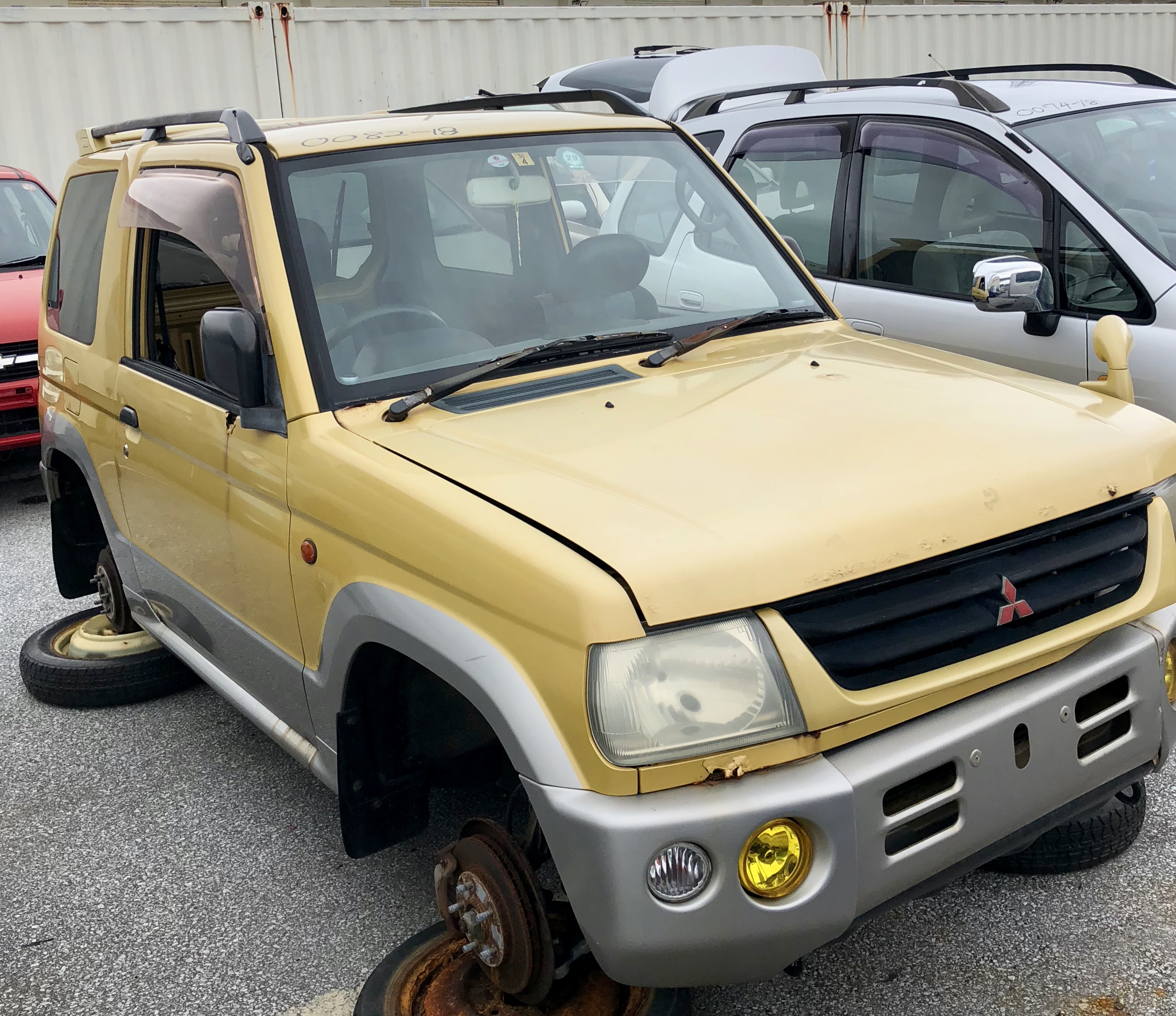I’ve been disappointed with my Honda Beat radio. The radio doesn’t work well. The sound quality is poor and the input options are limited. When you’re driving a convertible with the top down, you need some good tunes. The radio in the Honda Beat is smaller than the standard DIN size. There’s five common options that I’ve seen online:
- Buy a refurbished stock radio. It might work better.
- Buy a marine radio. Marine radios are smaller than car radios and you could install one behind the faceplate of the stock radio to avoid altering the appearance. Many marine radios come with bluetooth and a remote that you could use to control the radio, even if the head unit is hidden.
- Buy an aftermarket center console. Some people have purchased aftermarket center consoles that are wide enough to support a standard DIN radio. Generally, they do not match the color or texture of the original console and surrounding pieces. Currently, I can only find one seller on Yahoo Auctions Japan. The seller has bad reviews and the center console is pretty expensive.
- Mount a DIN radio somewhere else. I’ve seen several single DIN radios mounted under the glove box. The glove box is particularly small and becomes even less usable with this configuration. I’ve also seen the radio mounted sideways against the center console. These options require some drilling, but add a more modern radio with minimal hacking of the dash. You could mount a radio further away from the stock radio, but you’d have a lot of re-wiring to do.
- Buy a 20th Anniversary Radio. Honda produced 3,500 new radios for the Honda Beat in 2011. These radios maintain a stock appearance, but have improved buttons and add Bluetooth and USB support. Additionally, Honda released improved dash radios. The MSRP for the radio was ¥65,829 and the MSRP for the speakers were ¥33,943. Yep. About $1,000 for a new radio and speakers. I convinced myself that this was totally worth it and definitely a good deal. Unfortunately, I was 7 years too late. I went to the Honda Dealer in Chatan to see if they could still get their hands on one. The staff spoke limited English, and I don’t speak nearly as much Japanese as I should, but, fortunately, I brought a print out of the Honda parts page and pointing is universally understood. They needed my title before they could do a parts search. It took about 20 minutes for them to determine that there was no hope for them to get the radio or the speakers. They recommended Yahoo Auctions as the best possibility. There’s currently one 20th Anniversary Radio on Yahoo Auctions. It’s listed for ¥200,000.


